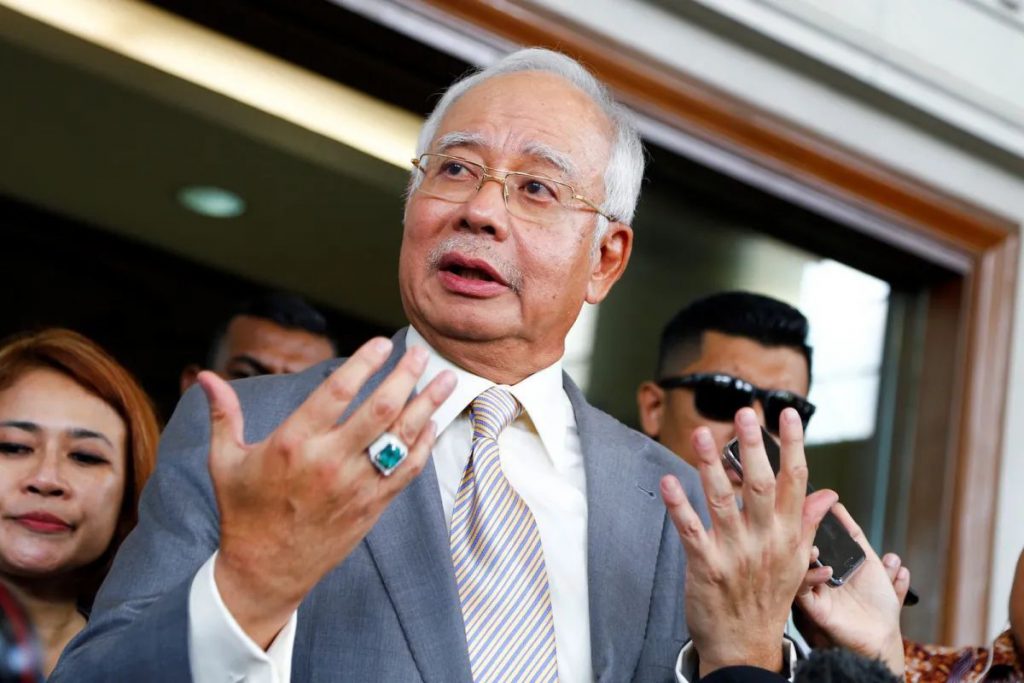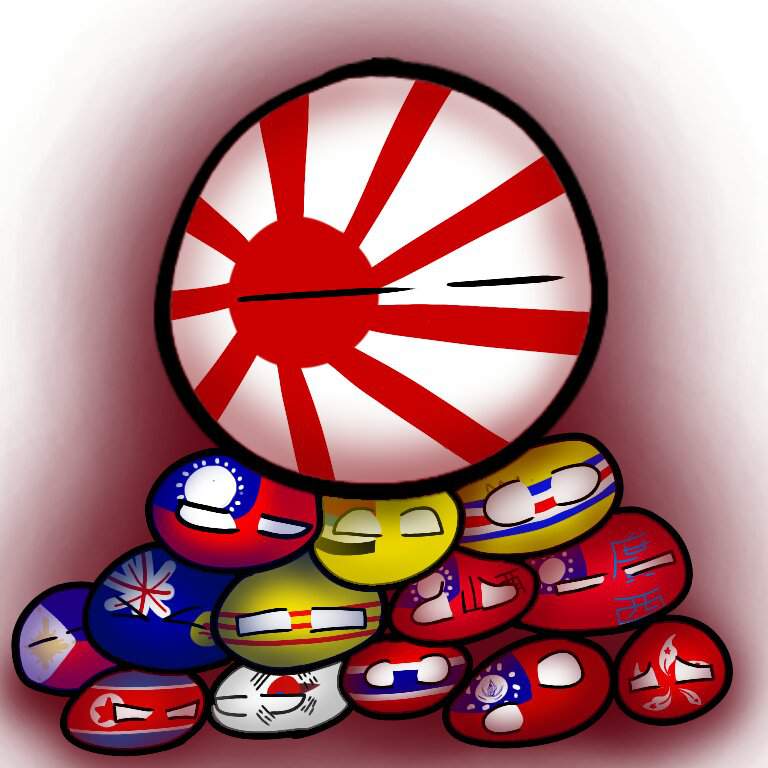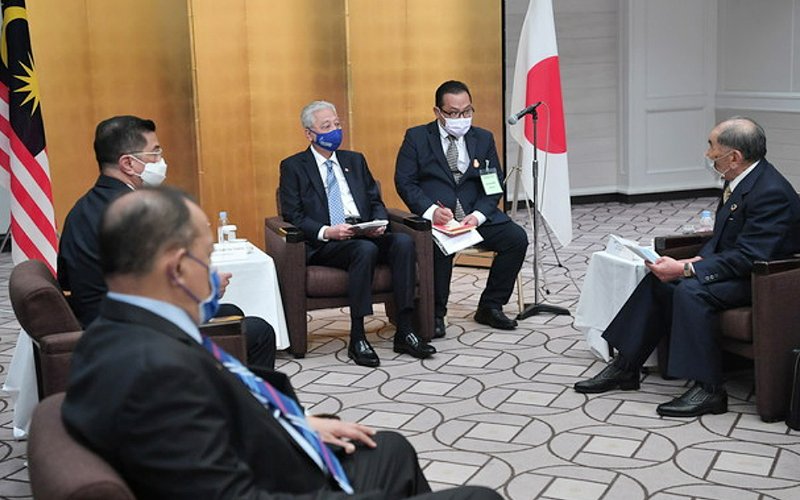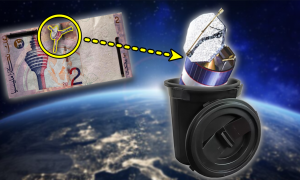The petty reason Dr M started the ‘Look East’ Policy in 1982

- 147Shares
- Facebook133
- Twitter5
- LinkedIn1
- Email1
- WhatsApp7
Malaysia is in love with Japan. Like, really, really in love. If you don’t believe us, just check out the crowds at the recent Anime Fest at Paradigm Mall (which caused much anguish for us in traffic, since our office is really close by):
Day 3 traffic jam animefest pic.twitter.com/hD3tM04GCs
— Cloud ☁️ (@HashiraCloud) May 14, 2022
It’s a love affair that extends even to our leaders. Even PM Ismail Sabri, who was recently in Japan to enhance Malaysia’s Look East Policy, sang his praises for the Japanese people:
“The people of Japan are known for their gentleness, politeness and generosity. This is truly admirable and should be emulated. This culture is also shared in our society in Malaysia.” – Ismail Sabri
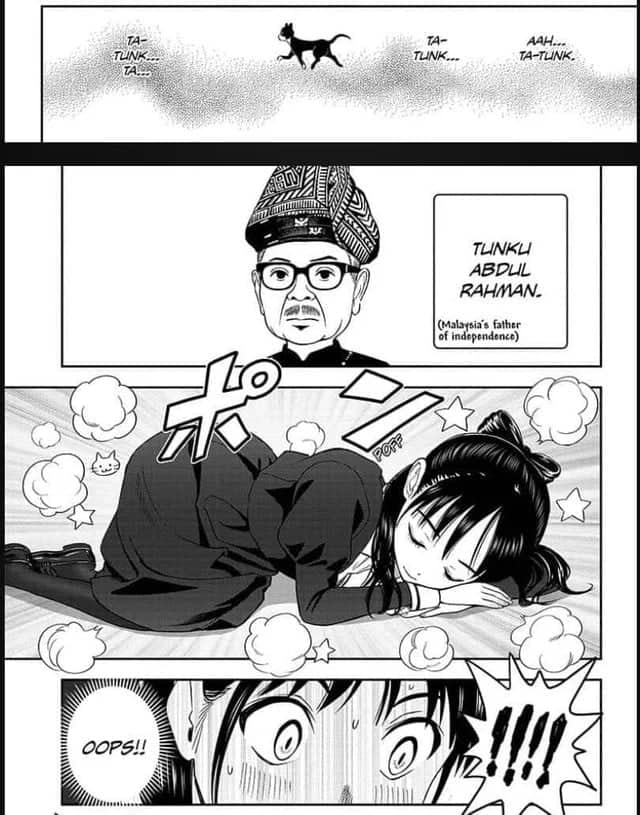
Malaysia’s founding father Tunku Abdul Rahman even got a cameo in Japanese manga Witch Watch. Because reasons. Image from: Twitter user @HasekuraAkira
But whether it is genuinely effective, or whether it’s just helping our PM fulfil a deeply-rooted weeb fantasy in Japan, there’s no doubt that his championing of the Look East Policy is noteworthy, especially considering that it was first introduced by his political rival, former PM Tun Dr Mahathir.
And as it turns out, the Look East Policy actually has a really interesting origin story involving ex-UK PM Margaret Thatcher and Malaysian students. So what do they have to do with Japan, exactly?
It all started when the UK decided to charge higher fees for overseas students
“Oh, so what has changed?” we hear some of you ask. Studying in UK still so blardy expensive right?
Well, if not for this incident, British uni fees might be even higher today. Back in the 80s, the UK was already a popular destination for Commonwealth students, especially among the Malaysian elite.
However, an economic downturn in 1981 forced the UK’s government to rescind subsidies for foreign students, causing Malaysia’s higher education budget to soar threefold. This caused a major headache for the Malaysian government, as it still had to support some 17,000 Malaysian scholars in the UK, who could not all be absorbed back into local public unis as there weren’t enough institutions available.
Malaysia’s then-PM Dr Mahathir appealed to the Thatcher government to reinstate the subsidies, but all they told him was to ‘send your students to cheaper countries’. This made Dr M very unhappy:
“Tun Dr Mahathir felt that Britain did not appreciate all of Malaysia’s contributions to Britain’s economy through tuition fees and the spending by Malaysian students in Britain.” – translated excerpt from the UKM Journal of Social Sciences and Humanities
And so, Dr M responded in the most Dr M way possible: he launched a full-scale attack on the British economy in what is known today as the infamous ‘Dawn Raid’ (fantastic story btw, definitely read up on that here). Following that, he announced the ‘Buy British Last’ policy, which caused tens of millions of pounds of losses for British companies:
“(Malaysia will) buy British when it is absolutely necessary, when… prices and services are way ahead otherwise… we will show a definite preference for non-British sources.” – Tun Dr Mahathir, 1981
Definitely a strong move from Dr M, but the problem was not completely solved, because…
There was still the issue of where to send Malaysian students
Since the UK buat perangai, Malaysia had to find a new favorite destination as an education hotspot. So Dr M, a long-time admirer of the Japanese work ethic, introduced the ‘Look East Policy’ a year later, which quite literally, encouraged us to ‘look east’, namely, to Japan:
“Two atom bombs were dropped on Japan. But they were already recovering by the time I went there in 1961. They were working hard because they going to be hosts to the Olympic Games in ’65. So why is it that they can do and we cannot do?” – Tun Dr Mahathir, on the Longetivity Podcast: Dr Mahathir #1 Secret to Long Life
He also noted in his speech at the 20th Anniversary of the Look East Policy in 2002 that nations have been looking to Japan for guidance even before the Look East Policy was introduced, dating back to the Meiji Restoration and Japan’s victory in the Russo-Japanese War, which inspired East Asian nations to resist Western colonialization. Of course, this same nationalistic fervor later ironically led to Japan colonizing much of Asia itself, but well, that’s a different article.
Anyway, the Look East Policy sought to benefit both nations, with costs being shared between Malaysia and Japan. Japanese teachers would be sent to Malaysia to teach locals, while Malaysians would be sent to Japan to receive higher education and industrial training. Its ultimate goal would be for these young Malaysians to contribute to the social and economic development of Malaysia, as well as further strengthen ties between the two nations.
But y’know, let’s not forget all this started partly from Dr M wanting to show the finger to the Brits. Despite Malaysia’s blatant sabotaging of the British economy, Malaysia-UK tensions gradually began to cool, and in 1983, Dr M and Margaret Thatcher finally buried the hatchet, leading to a more favorable agreement for Malaysian students. Though this did not stop Thatcher from firing off a typically witty retort at Dr M’s Look East Policy at a private dinner in 1985:
“… although, Prime Minister, you may sometimes look East and sometimes may travel East, if you look far enough East and travel far enough East, you always come to the West! – Margaret Thatcher
Which is kinda deep, if you really think about it…
The Look East Policy stays strong to this day, but it isn’t perfect
The Look East Policy appears to have been very successful for the most part; over 26,000 Malaysians have been sent to Japan under the LEP program since its inception in 1982, and close to 1,500 Japanese companies are now operating in Malaysia, employing over 400,000 Malaysians, according to Tun Dr Mahathir.
However, Dr M believes there is still room for improvement, especially in terms of implementing the Japanese education system starting at pre-school to university level. He also believes that more Malaysians should be sent to Japan:
“The number of Malaysians sent to Japan today is a far cry from what it used to be. I believe we can and should do better.” – Tun Dr Mahathir
And indeed, the program has had its critics, especially with regards to the environmental impact of Japanese-style industrialization:
“Today we have millions of cars on the roads that contribute to climate disasters, due to Mahathir’s Look East policy of misplaced industrial nationalism that has ignored the damage to the environment where future generations will carry the burden of negligence.” – Ronald Benjamin, secretary of the Association for Welfare Community and Dialogue
Regardless, there’s no doubt that Malaysia-Japan relations are stronger than ever, and while it isn’t perfect, the Look East Policy has definitely played a part in fostering those relations.
- 147Shares
- Facebook133
- Twitter5
- LinkedIn1
- Email1
- WhatsApp7

